According to the Directorate General of Traffic (DGT), driving a car after all the points have been taken off your licence is a highly serious crime that carries both administrative and criminal penalties. In addition to having to complete a 24-hour road safety awareness and re-education course, the authorities state that if they stop a driver with no points on his licence, his vehicle will be seized and he will be fined.
When a driver was stopped by the local police while passing through Santa Pola, this is what happened to him. The agents found, after conducting the necessary investigations, that the suspect had gotten his driver’s license less than five years prior and had already experienced five suspensions and withdrawals: “A record,” according to the municipal body.
Losing your driver’s license can happen in a number of ways. For instance, following the commission of a serious enough offence to be classified as a crime against road safety. If you are pulled over at a checkpoint and have a blood alcohol content of, say, 0.60 mg/l, you may be guilty of this kind of violation.
The consequence that led to the revocation of your driver’s license is final. This implies that you can keep using your vehicle until your appeal is accepted or denied if you have chosen to file one.
If you speed, you risk losing your licence as well. Driving more than 60 km/h in a city or more than 80 km/h on interurban roads can result in a one to four-year licence suspension and a three to six-month jail sentence, which can be substituted with 31 to 90 days of community service.
Another infraction that may result in the loss of a driving licence is reckless driving. According to article 380 of the Criminal Code, the withdrawal in this instance would be for a duration of one to six years, and a potential prison sentence of six months to two years would also be applicable.
It is not even worth saying that driving too quickly or when impaired by drugs or alcohol might kill a pedestrian or another motorist. The punishment in this instance is a prison sentence of one to four years and suspension for one to six years. In severe situations where the accident results in multiple fatalities, aggravating circumstances may also result in a licence suspension of nine to thirteen years, with six to nine-year jail sentences.
Your licence may be revoked by the DGT once the sanction that led to it is final. This implies that you can keep driving your car if you have chosen to file an appeal until it is approved or denied.
The Provincial Traffic Department will let you know if the license is rejected, and you will need to turn in your driver’s license there as well. As soon as you receive the message, you will no longer be permitted to drive. The licence removal takes effect as soon as the licence is turned in to the court if it is the consequence of a criminal procedure.

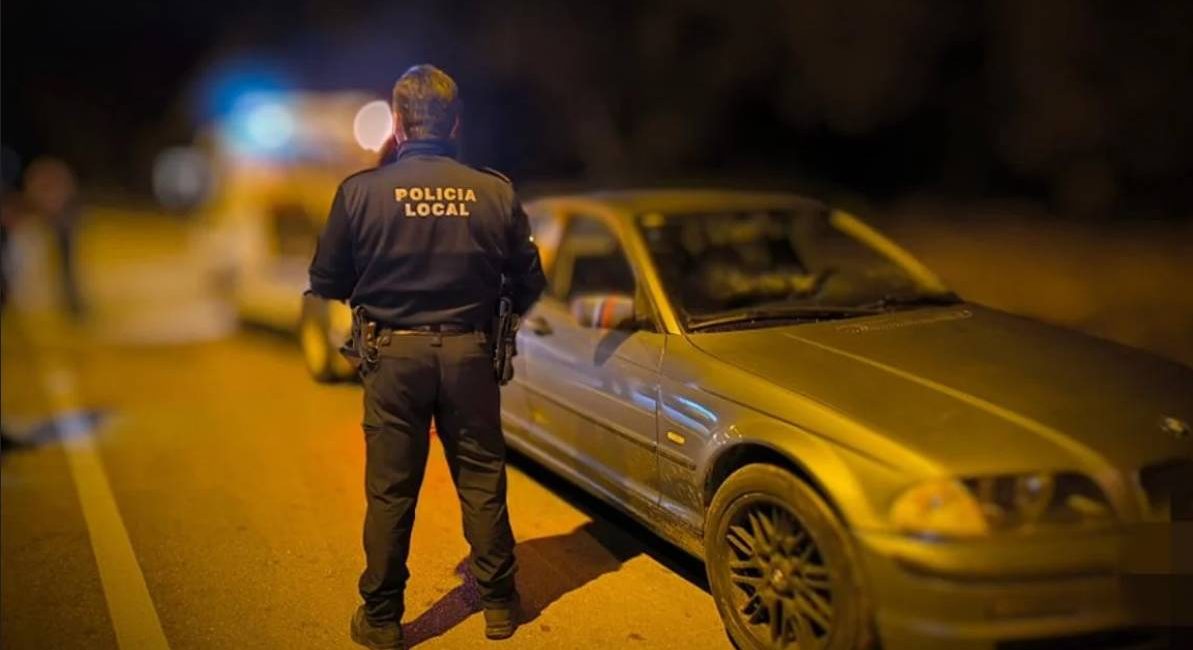

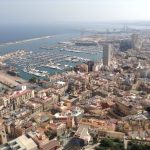

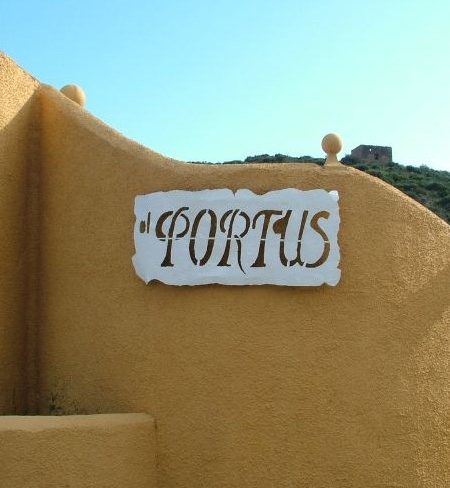
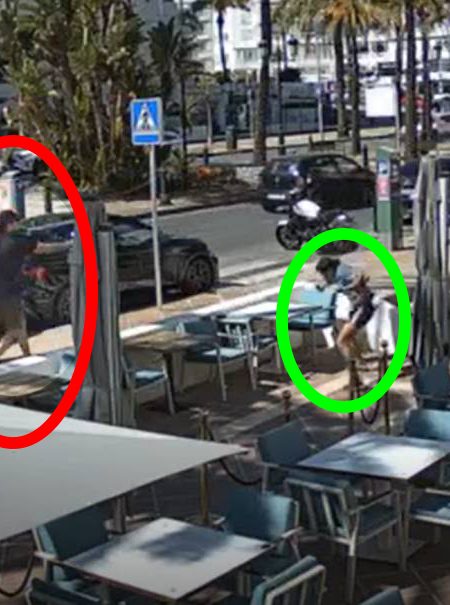
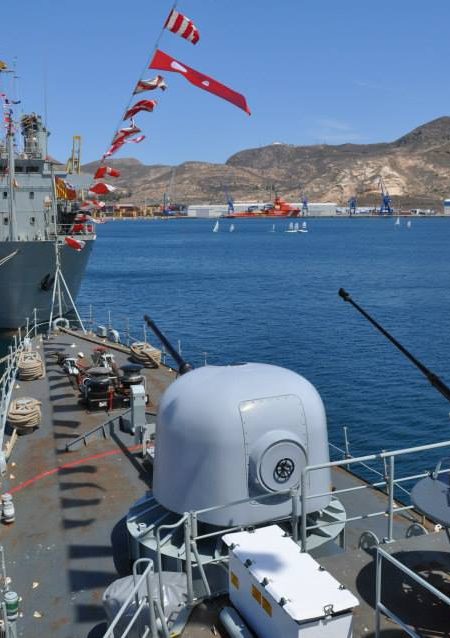
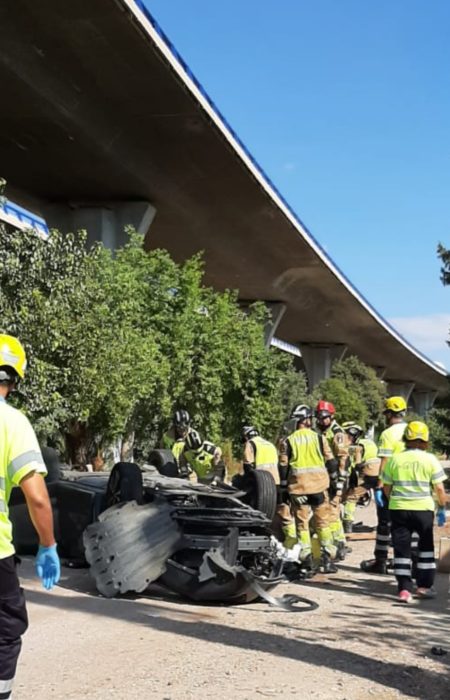
No Comment! Be the first one.